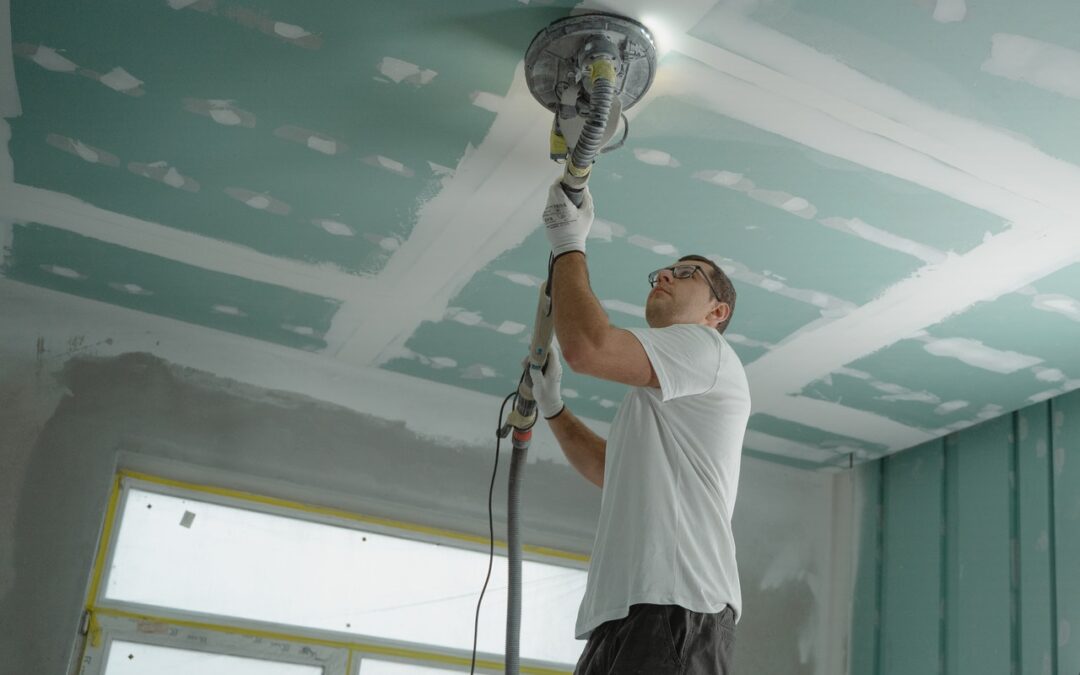Plasterboard or brick partition: Differences and characteristics.
When facing a reform, it is very common for doubts to arise regarding the differences between plasterboard and brick.
This is one of the questions that clients who plan to reform their home with plasterboard in Marbella ask us the most.
Therefore, we have decided to make this article. To clarify the differences between plasterboard and brick. Emphasizing the characteristics of each material and the main differences between each of them.
Features of brick walls.
The partition or brick wall has been the most used element for decades to separate the different rooms of a property, at least in our country. Hence, this type of partitions are also known as “true walls”.
High resistance: This is the main characteristic of the brick. Robust and resistant walls.
It is cheaper: This type of partition is built on the basis of cement, sand and brick. That is, with the cheapest and easiest construction materials to obtain.
Easy to transport: Due to their small size, bricks are easier to transport than large, fragile plasterboards.
Characteristics of plasterboard partitions.
Pladur began to be available in Spain from the late 70s. It was then that a company introduced it and began to market it in our country. Since then its use has spread. Let’s see what are its main features.
Smooth finish: Once the plasterboard is installed, the wall is ready to be painted. Unlike brick, plastering is not necessary to be able to paint on the surface.
Dry work: Does not generate debris. When it comes to being placed, plasterboard partitions generate less dirt and inconvenience than brick walls.
Quick to place: Not only is it a material that generates little waste when we place it. It is also quick to install, so using it you can shorten the execution time of your reform.
Light: Pladur is a very light material, a feature that comes in handy in renovations where we want to avoid weight overload.
Easy access to the facilities: With plasterboard partitions, accessing the electricity, water, gas, home automation or any other network that runs behind the walls and ceilings of our home is easier than doing it through brick walls.
The plasterboard partitions create an interior chamber that allows installations to be easily inserted and moved.
Movement resistant: Unlike brick walls, which can easily crack with movements of the building structure, plasterboard partitions, being more flexible, prevent the appearance of cracks.
Disadvantages of plasterboard partitions compared to brick walls.
When analyzing the differences between a masonry wall and a plasterboard partition, we must not only take into account the advantages. These are the main drawbacks of plasterboard walls:
- Greater noise transmission.
Less resistance to hang.
